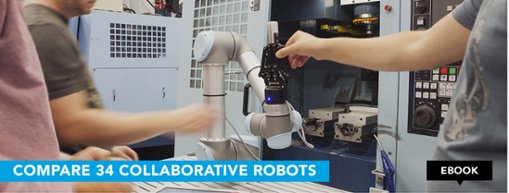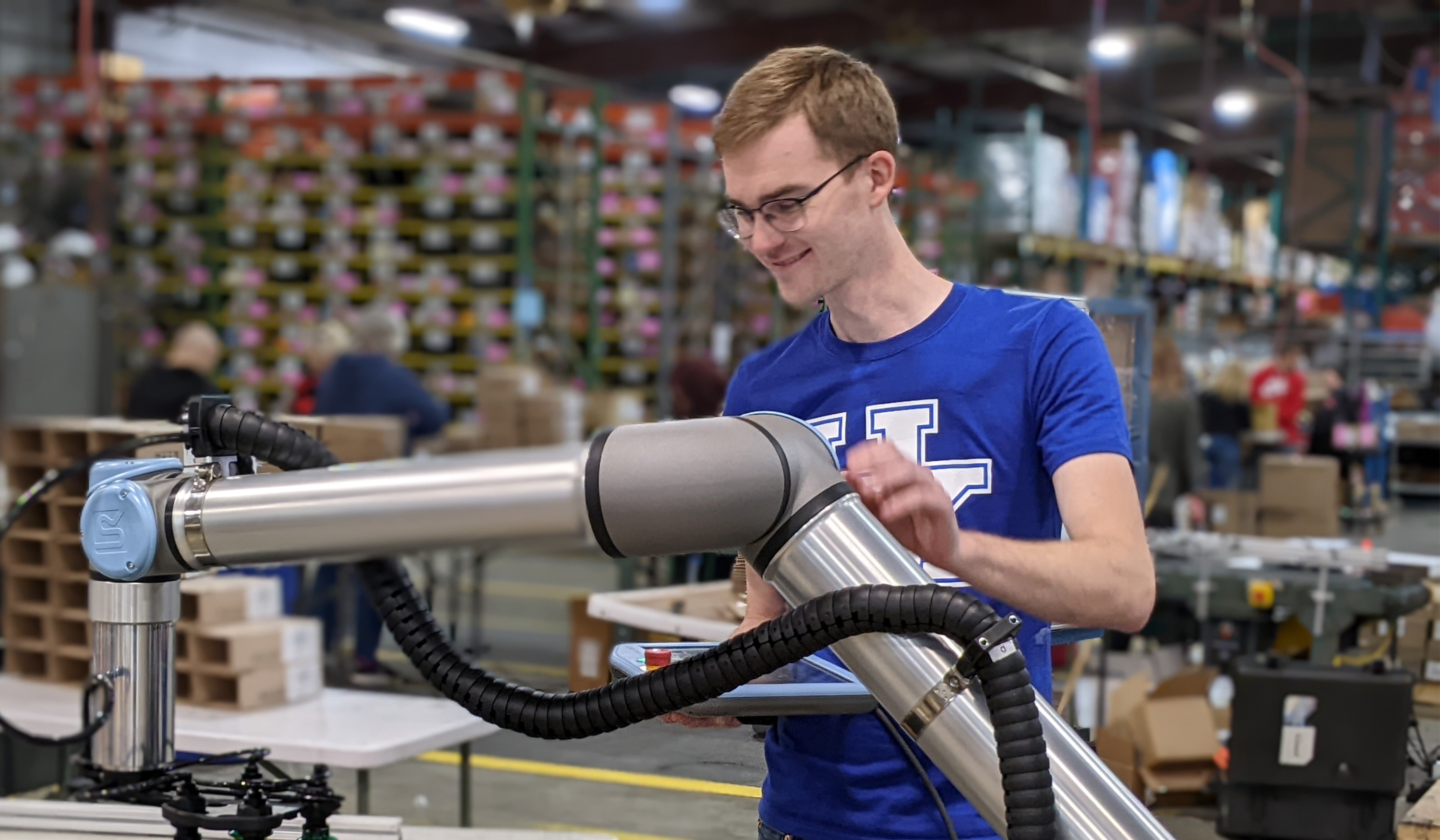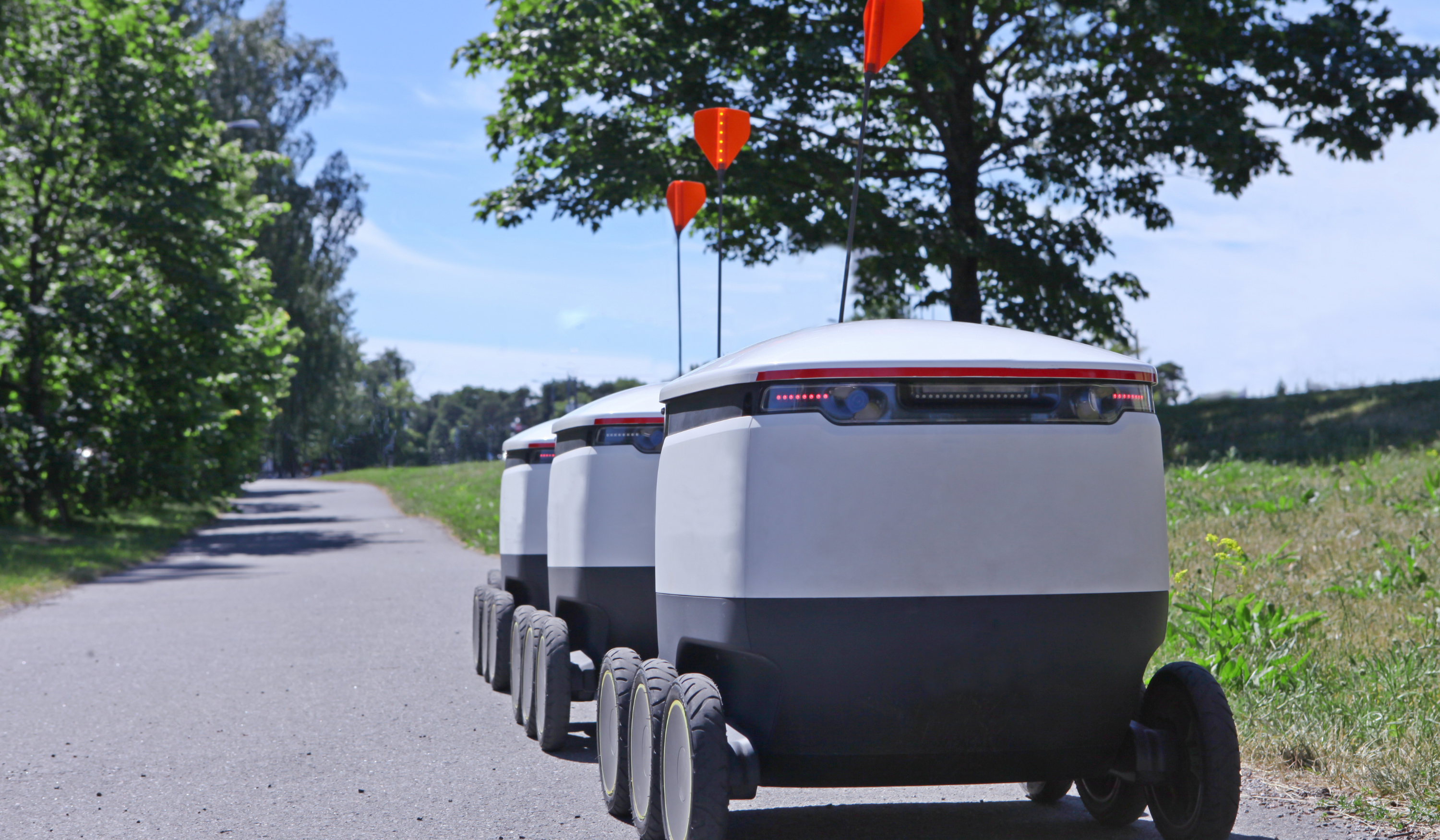The Four Principles of Lean Robotics

Posted on Sep 27, 2017 9:15 AM. 5 min read time
Lean Robotics involves a change of mindset… which can be hard for a manufacturing business! Use these four core principles to maximize your success.
Lean Robotics is a methodology to efficiently incorporate robots into your manufacturing business. It is based on the well-established principles of Lean Manufacturing and aims to make it quick and easy to get started with your first robotic cell.
Various different tools and concepts make up Lean Robotics. However, these tools are not the most important aspect of the method. Most important are its "core principles." As long as you clearly understand these principles, the rest will fall into place.
In this article, we explain the four core principles of Lean Robotics and how to use them in your business.
Why Do I Need Guiding Principles?
It's hard to instill a whole new way of thinking in your business.
For example, imagine that you introduce a new software system — which most of us have experienced at some point. At first, workers respond badly to the new system because it requires them to think differently to the way they are used to. After time, they get used to the new system and their thinking eventually changes. This is an example of a mindset change which is driven by a technology change — first the technology changes, then the team's mindset changes.
Lean Robotics is the opposite of this. It is driven a change of mindset. Although it uses robotic technology, the mindset change must happen first for the method to be most effective. It requires everyone (both you and your team) to think about your manufacturing line in a fundamentally different way.
How can you drive a mindset change? With guiding principles.
Core principles help to guide your team's thinking. They help to simplify the new system when things start to seem complex. When they feel overwhelmed by the technology and tools, your team can return to the core principles and make sure their actions still align with them.
Core principles provide a focus, to help everyone to see the wood from the trees.
The Four Core Principles of Lean Robotics
As we discussed in a previous article, Lean Manufacturing has one guiding principle: Maximize customer value while minimizing waste.
Lean Robotics is centered around four core principles. They are derived from this guiding principle of Lean Manufacturing and from our experiences working with manufacturers over the last decade.
Principle 1. People Before Robots
Some people worry about robots. They worry that they will lose their job to automation. They worry that robots are unsafe. They worry that robots are too complex for them to handle. We've addressed these issues before on the blog, but they are still legitimate concerns even though they are mostly unfounded.
This first core principle tackles these concerns head-on: People Before Robots.
Quite simply, it means that you should prioritize the needs of your human workers over the technology.
If you are familiar with Isaac Asimov's Three Laws of Robotics, you will recognize that this is also the guiding principle behind his laws. However, Lean Robotics takes a slightly more practical approach than Asimov did, which makes sense given that he was writing fiction.
There are two factors to achieving this core principle:
- Safety — Robot cells must be safe for humans.
- Usability — Robots must be usable by all.
Principle 2. Focus on the Robotic Cell's Output
One of the key concepts in Lean Robotics is the idea of the "internal customer." This Lean concept brings the concept of "customer value" to the small scale interactions within the business. It is important because part of the guiding principle of Lean is to maximize customer value.
Basically, the internal customer works like this:
- On the large scale, your business's customers (aka the "external customer") define "value" as something that they are willing to pay for. Your goal as a business is to maximize customer value.
- Now, imagine your robot cell as a small, self-contained business and apply Lean principles to the cell.
- On this small scale, the "customer" becomes the next work station after your robot cell. This is known as the "internal customer." In this case, "customer value" is defined as those things that are important to the next work station.
This second core principle encourages your team to focus on maximizing value for the internal customer.
Principle 3. Minimize Waste
Waste reduction is a core principle of Lean Manufacturing and it is equally important for Lean Robotics. Waste is defined as any energy or money which is not converted into customer value.
Often, we only think about waste during the operation phase of our manufacturing line. However, Lean Robotics goes a bit further and aims to minimize waste through the entire cell deployment cycle: designing the robot cell, integrating the cell and finally operating it.
This third principle highlights this continual drive for waste reduction.
Lean Manufacturing defines seven types of waste, which we listed in a previous article. Lean Robotics also introduces an eighth waste:
- Underutilizing Human Potential — When team members are capable of making greater contributions but are prevented from doing so because of other tasks they need to perform.
This type of waste is particularly important for Lean Robotics as the success of a robot cell is dependent on the contributions of everyone in the team. This is closely linked to the final core principle.
Principle 4. Leverage Your Skills
The traditional way of adding robots to a business was to hire an integrator. The integrator would come into the manufacturing line, design the robot cell and then leave. The advantage of this was that businesses did not have to train their employees in robotics. However, it had a big disadvantage: employees were not able to help improve the cell because they didn't have any robotics training.
This final core principle highlights the importance of continual improvement with your business's use of robotics. It prioritizes workforce development over the "set it and forget it" which used to be the norm for robot integration.
Lean Robotics encourages you to train employees in robotics and leverag existing skills within the team. This helps everyone to contribute to the Lean concept of "Kaizen"(continual improvement).
How to Use These Principles in Your Business
Understanding the principles is only the start. The next step is to learn more about Lean Robotics and get started.
You can find out more by going to leanrobotics.org. Why not grab a copy of the Lean Robotics book while you're there!

.png?width=640&name=Schnitt_v3.00_00_50_00.Standbild002%20(3).png)






Leave a comment